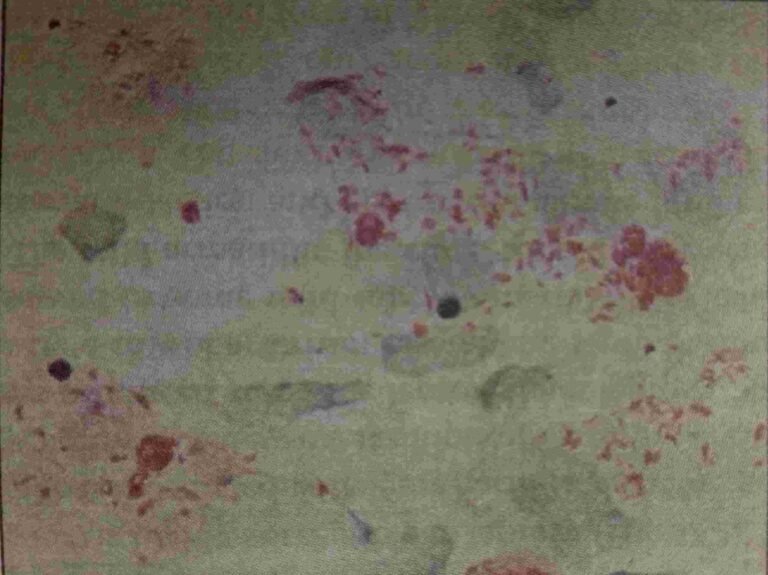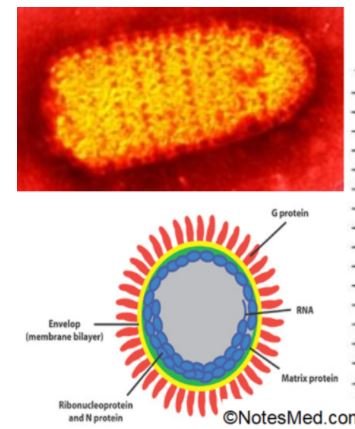Table of Contents
Overview of Escherichia
Escherichia coli was first isolated by Escherich in 1885, and it is the most important species encountered as a human pathogen. Most commonly found in human and animal intestines. There are various or numerous forms of Escherichia coli present in nature.
Morphology of Escherichia coli
Escherichia coli is a gram-negative, non-sporing, bacillus. Size is 1-3 X 0.4-0.7 µm. Most strains of E. coli are motile via. peritrichous flagella. Capsule and fimbriae are present in some strains. Growth occurs in a wide range of temperatures.
Cultural characteristics of Escherichia coli
Aerobic and facultative anaerobic bacteria grow on ordinary culture media, 37OC in 8-24 hours.
- Nutrient agar: Colonies are large (2-3mm), thick, colourless, moist, easily emulsifiable.
- MacConkey’s agar: Colonies are flat and pink (due to lactose fermentation), circular, convex, smooth, non-viscous, with a clear cut margin.
- Blood agar: Colonies are big, circular, grey, moist, and some strains exhibit beta hemolysis (mainly UPEC strain).
- Peptone water broth: A liquid medium produces uniform turbidity.
Biochemical reactions:
- Break down most of the sugars (lactose, glucose, mannitol, maltose) with the production of acid and gas.
- Typical strains: do not ferment sucrose.
- Some strains: late lactose fermenters.
- Indole production and methyl red reaction: positive.
- V.P. (Voges-Proskauer) and citrate utilisation tests: negative.
- Catalase: Positive.
- Oxidase: Negative.
- Nitrate is reduced to nitrite.
Antigenic structure:
Various forms of antigenic structure are present; they are the following: Somatic, flagellar, capsular, and fimbrial antigens.
Somatic antigen (O antigen):
- Lipopolysaccharide ( LPS) antigen.
- Heat stable, over 170 types, designated as 1, 2, 3, and so on.
- Cross reaction with other genera of enterobacteria.
- Normal colon strains: early O groups (1,2,3,4,5, etc).
- Enteropathogenic strains: latter O groups (26,86, 111, 112, etc.).
- O antigen is the most important virulence factor, responsible for endotoxicity activity; it protects the bacteria from phagocytosis and the bactericidal effect of complement.
Flagellar (H antigen):
- H from Hauch, meaning film of breath.
- It is thermolabile.
- More than 50.
- To be grown on semisolid agar for H antigen determination.
- The presence of H antigen (flagella) makes the bacteria motile, hence contributing to their virulence.
Surface (K antigen):
- Acidic polysaccharide surface (capsule) antigens. The two groups present are Group I & Group II –Role:
- O inagglutinability and inhibits phagocytosis.
Fimbrial antigen:
- Common pili: chromosomally determined, present in large numbers, cause bacterial cell attachment to the host cell.
- Sex pili, which are determined via. conjugative plasmids and appear to be the organs of conjugation.
- Type I fimbriae: adhesion.
Toxins:
- Enterotoxins:
- Gastrointestinal disorders.
- Enterotoxigenic strains: Heat labile, Heat stable toxins, Shiga-like toxin.
- Haemolysins:
- Uropathogenic strain.
- Antiphagocytic capsule:
- K1 strain: Major cause of meningitis.
- Cytotoxic necrotising factor 1 (CNF1) and secreted autotransporter toxin (SAT):
- Cytotoxic to bladder and kidney cells.
Clinical syndromes:
- Urinary tract infections.
- Septic infection of the wound.
- Diarrhoea, dysentery.
- Septicemia.
- Pneumonia.
- Neonatal meningitis.
- Abscesses in a variety of organs.
Urinary tract infections:
About 60-80% of Urinary tract infections. Most strains but mostly by O1, O2, O4, O6, O7, O18, O75 called nephritogenic strain. Adhesins- P pili, AAF-I, AAF-III, Dr bind to the cells lining the urinary bladder and upper urinary tract.
Gastrointestinal disease:
- Enterotoxigenic Escherichia coli (ETEC).
- Enteropathogenic E. coli (EPEC).
- Enterohemorrhagic E. coli (EHEC).
- Enteroaggregative E.coli (EAEC).
- Enteroinvasive Escherichia coli (EIEC).
- Diffusely adherent E. coli (DAEC).
Transmission:
- Faecal-oral transmission.
- Food-borne transmission.
- Endogenous transmission:
- UTIs:
- From the perineum.
- During sexual activity (honeymoon cystitis).
- UTIs:
Laboratory diagnosis
Specimen collection:
- Clean-catch mid-stream urine.
- Faeces or rectal swab, or wound swab.
- Pus.
- CSF.
- Cerebrospinal fluid (CSF).
- Peritoneal exudate.
- Sputum.
- Tracheal aspirate.
- Blood.
Microscopy:
Centrifuged deposit of urine, CSF, pleural fluid, and other body fluids: Pus cells and bacteria.
Gram staining: Gram-negative bacilli with pus cells.
Fluorescent-labelled O group antisera in acute gastroenteritis.
Agglutination:
Preliminary identification: Smear examination, motility preparation, and biochemical tests.
Confirmed: Agglutination tests and group-specific and type-specific antisera.




